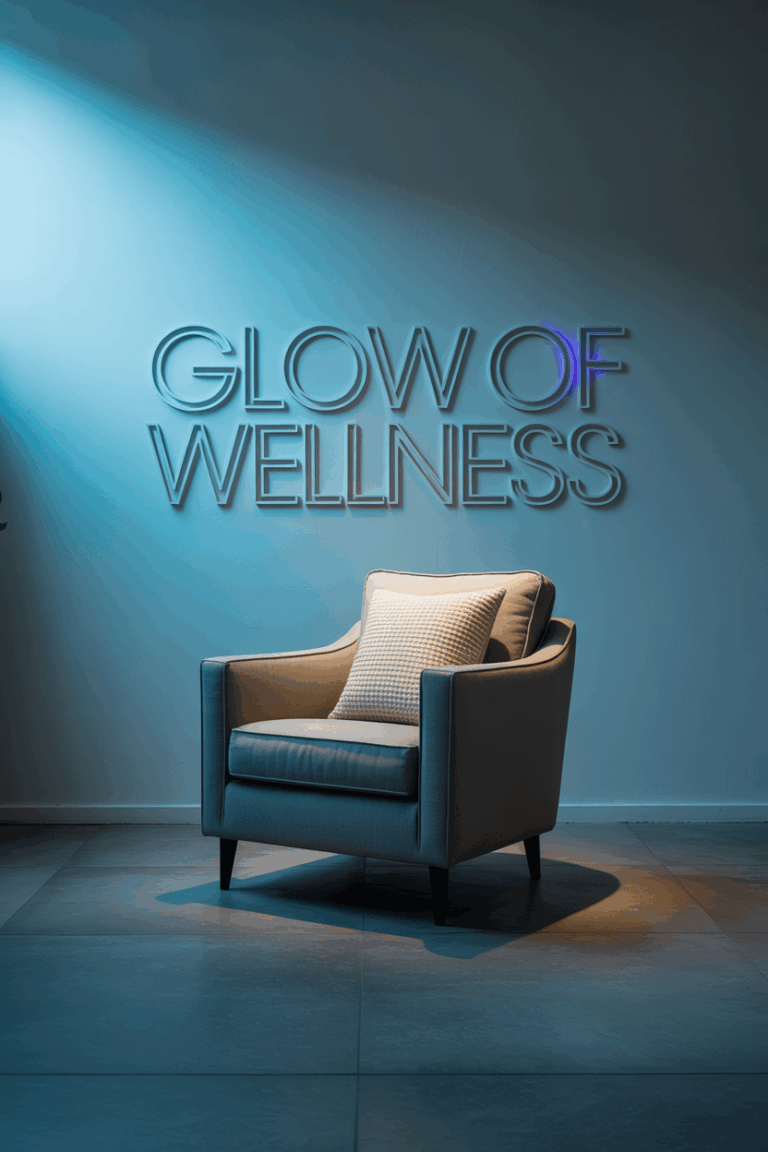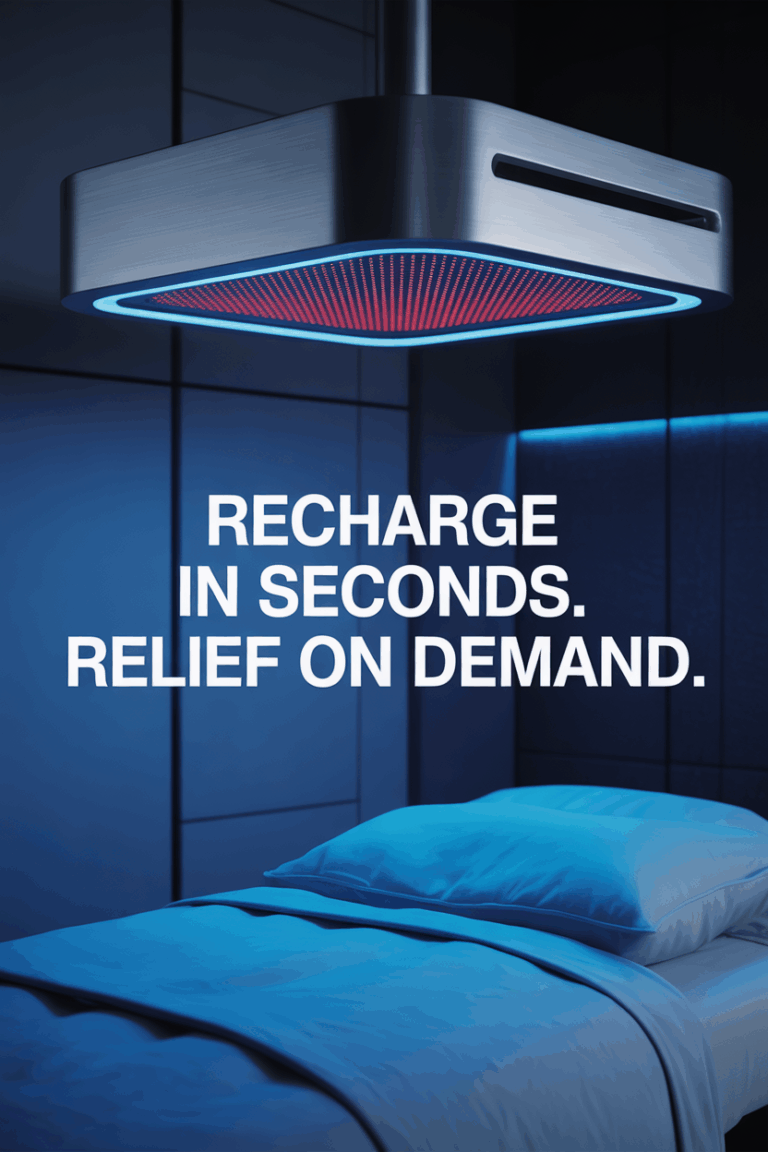Red Light Therapy for Eczema: Add Blue (5 Studies)
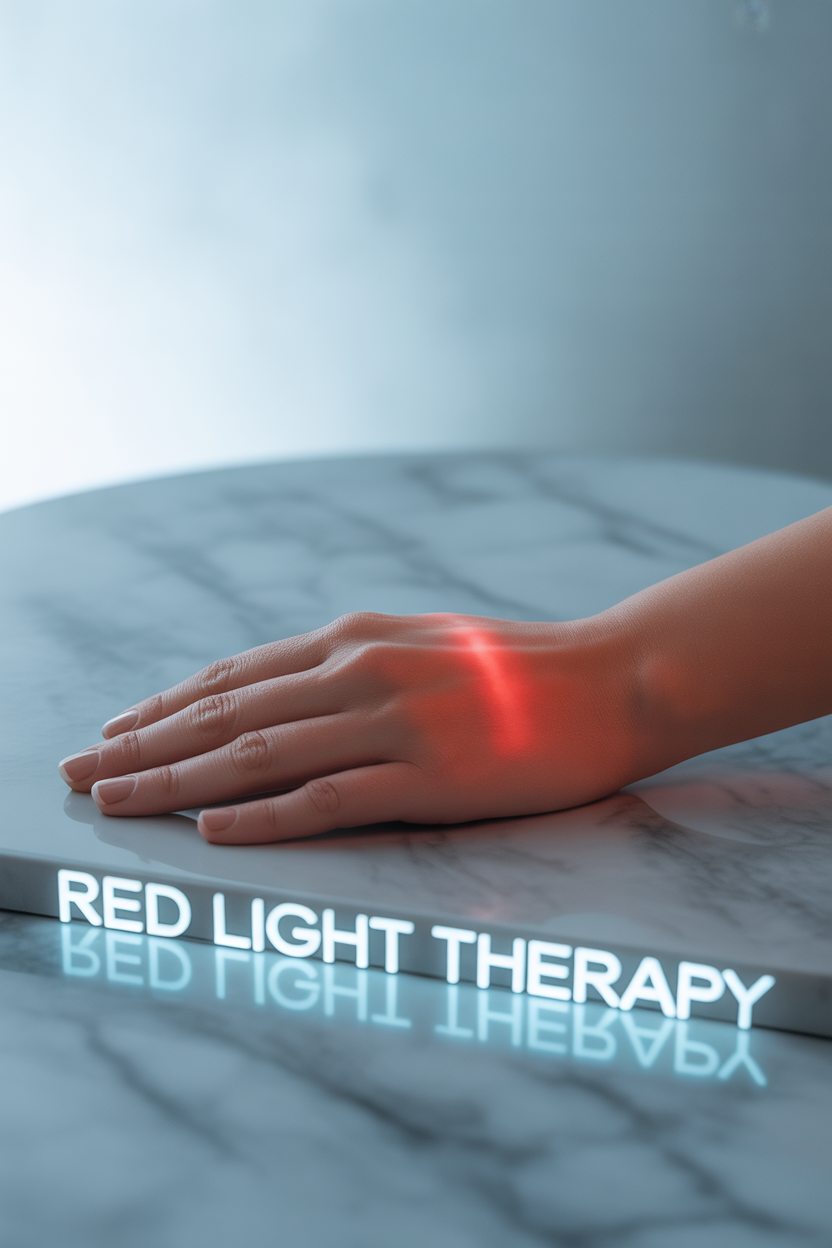
Got Eczema? Could Red Light Therapy Be Your New Self-Care Ritual?
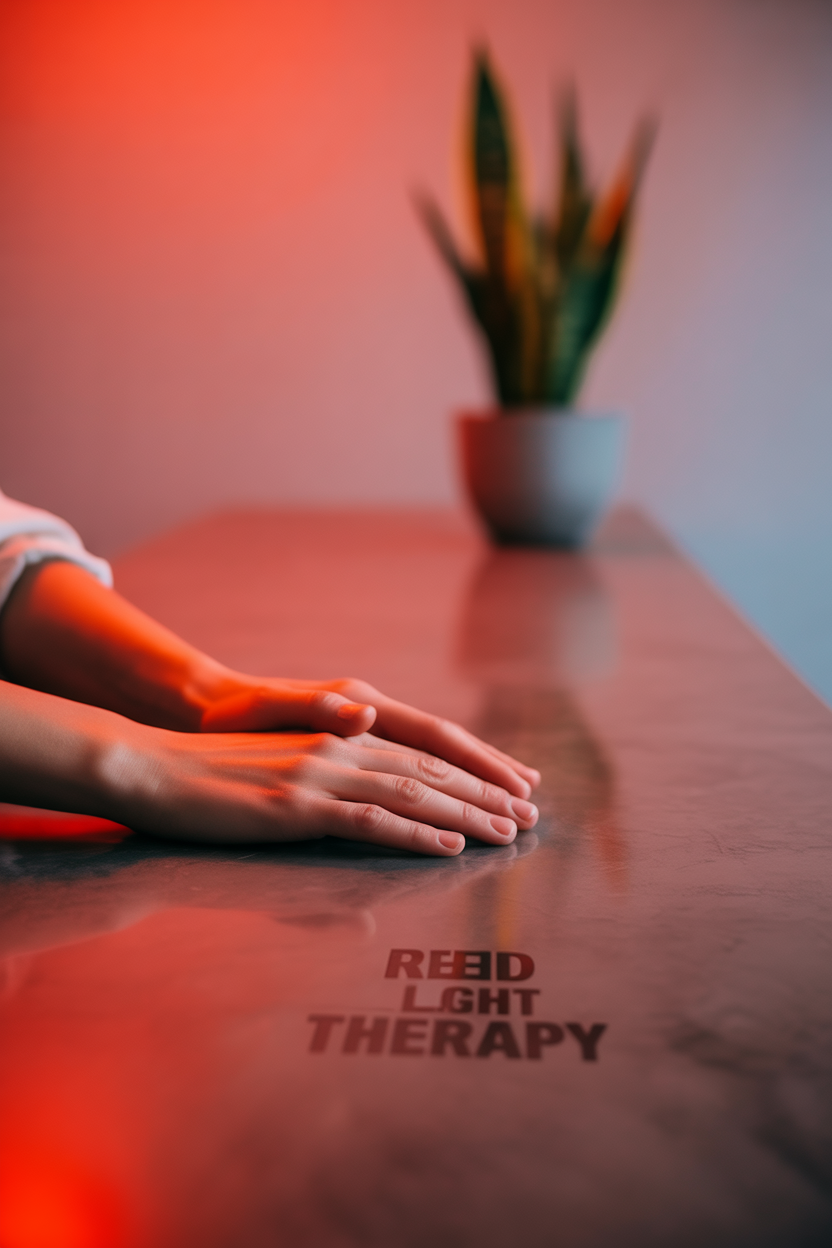
Ah, eczema. The uninvited guest at your skin’s party that just won’t seem to leave.
If you’re on a mission to find some relief for your skin, you have likely tried a lot of different things.
So, what exactly is this wellness practice called red light therapy?
Let’s peek at how this gentle habit might slide into your self-care routine to help calm that demanding skin of yours.
What Is Eczema, Anyway?
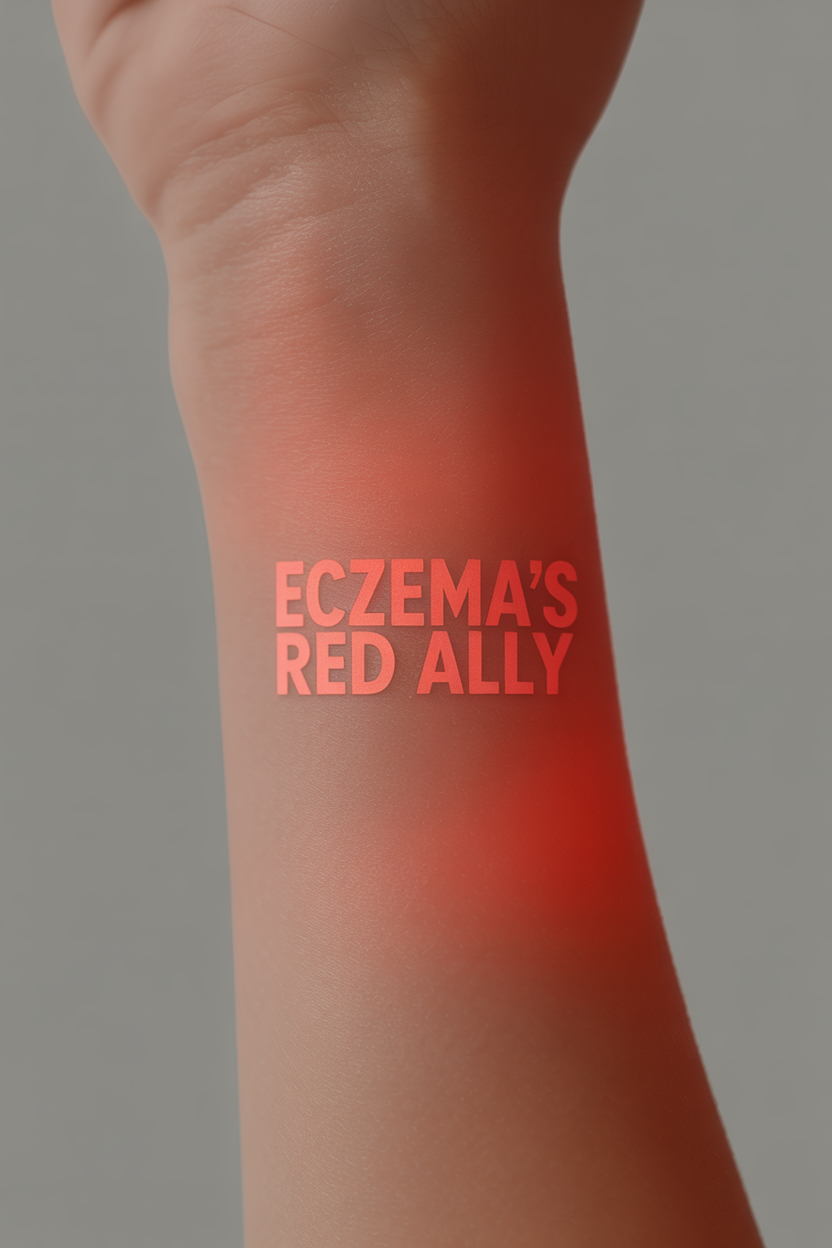
You know the feeling all too well. It’s that skin that feels intensely dry, looks red and angry, and itches as if you’ve had a run-in with poison ivy.
This challenging condition, formally known as atopic dermatitis, can feel like a constant battle.
Managing it often becomes a full-time job of discovering your skin’s triggers and learning how to best support your delicate skin barrier.
Finding gentle, supportive habits is a key part of this wellness journey.
What Is This Gentle Red Glow Called Red Light Therapy?
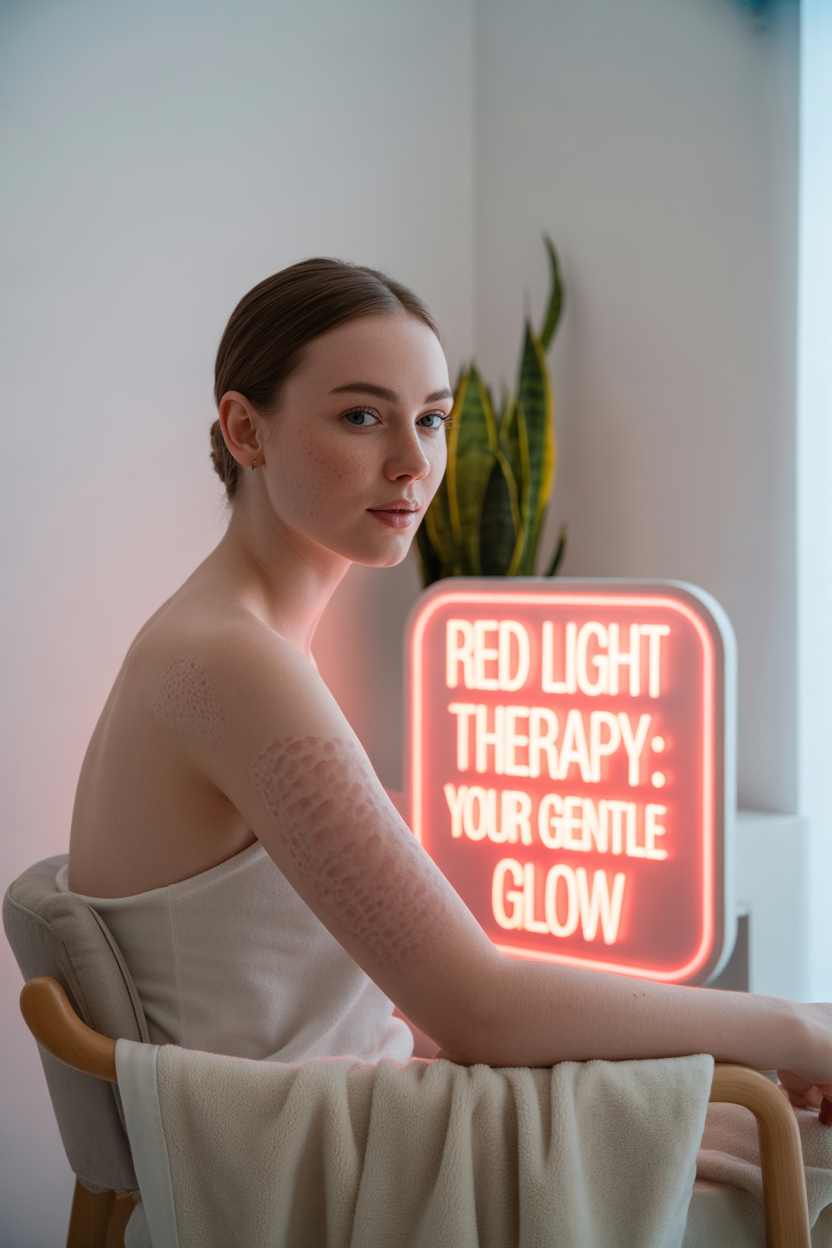
Don’t let the technical name, photobiomodulation, scare you away. Imagine basking in a warm, soothing red glow that feels incredibly gentle on your skin.
In essence, that’s what red light therapy (RLT) is: a simple self-care practice using specific, low-level wavelengths of red and near-infrared light.
Unlike the sun’s harsh and damaging UV rays, this light is completely gentle.
According to the American Academy of Dermatology, it won’t burn or harm your skin, which is why it’s gaining attention among those with sensitive skin conditions like eczema.
How Does Red Light Aim to Soothe Your Skin?
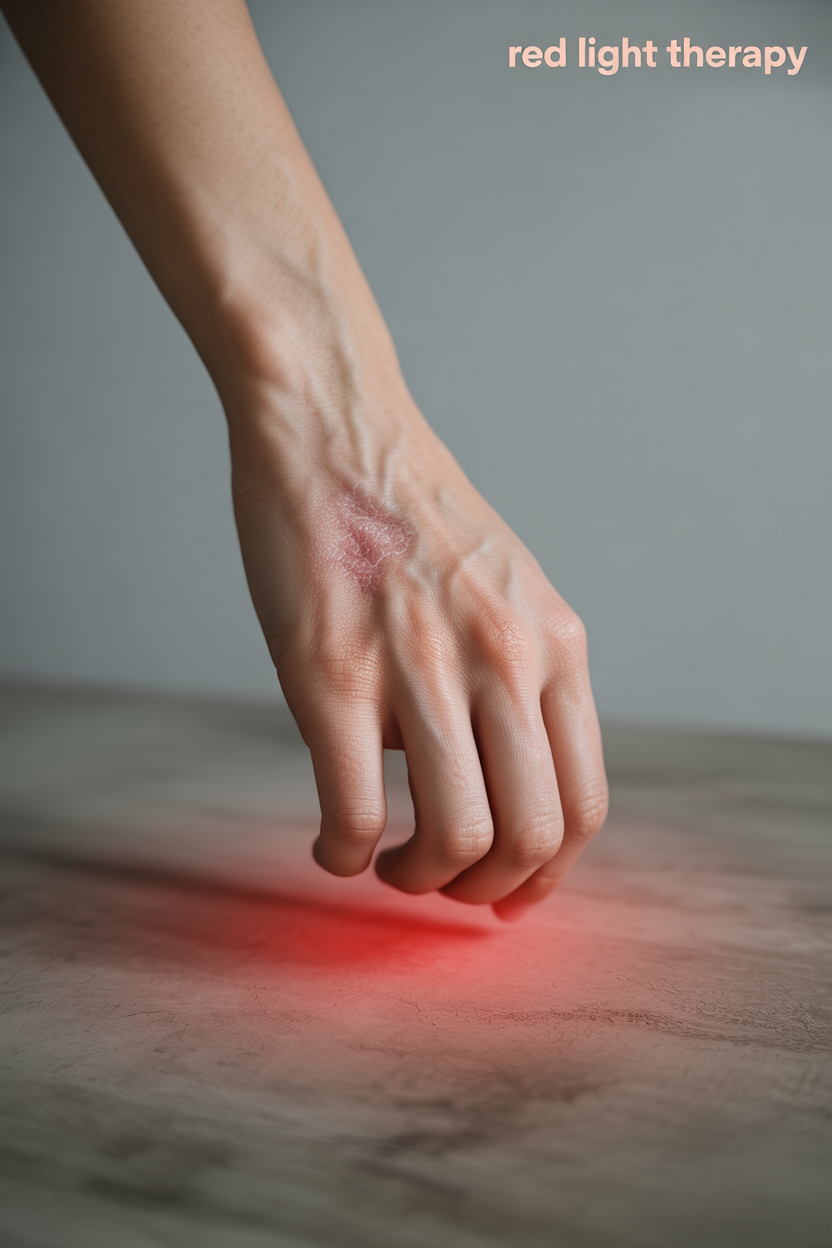
The core concept behind red light therapy is surprisingly straightforward.
Your skin cells contain mitochondria, which are like tiny power plants that can absorb the wavelengths from red and near-infrared light.
When they absorb this light, they convert it into cellular energy, a process that can help them function more efficiently.
Think of it as giving your cells a gentle pep talk, encouraging them to repair and rejuvenate more effectively.
Research suggests this cellular boost is the primary way RLT might offer relief for eczema, even as scientists continue to study the precise mechanisms.
Can RLT Tell Your Skin to Chill Out and Calm Inflammation?
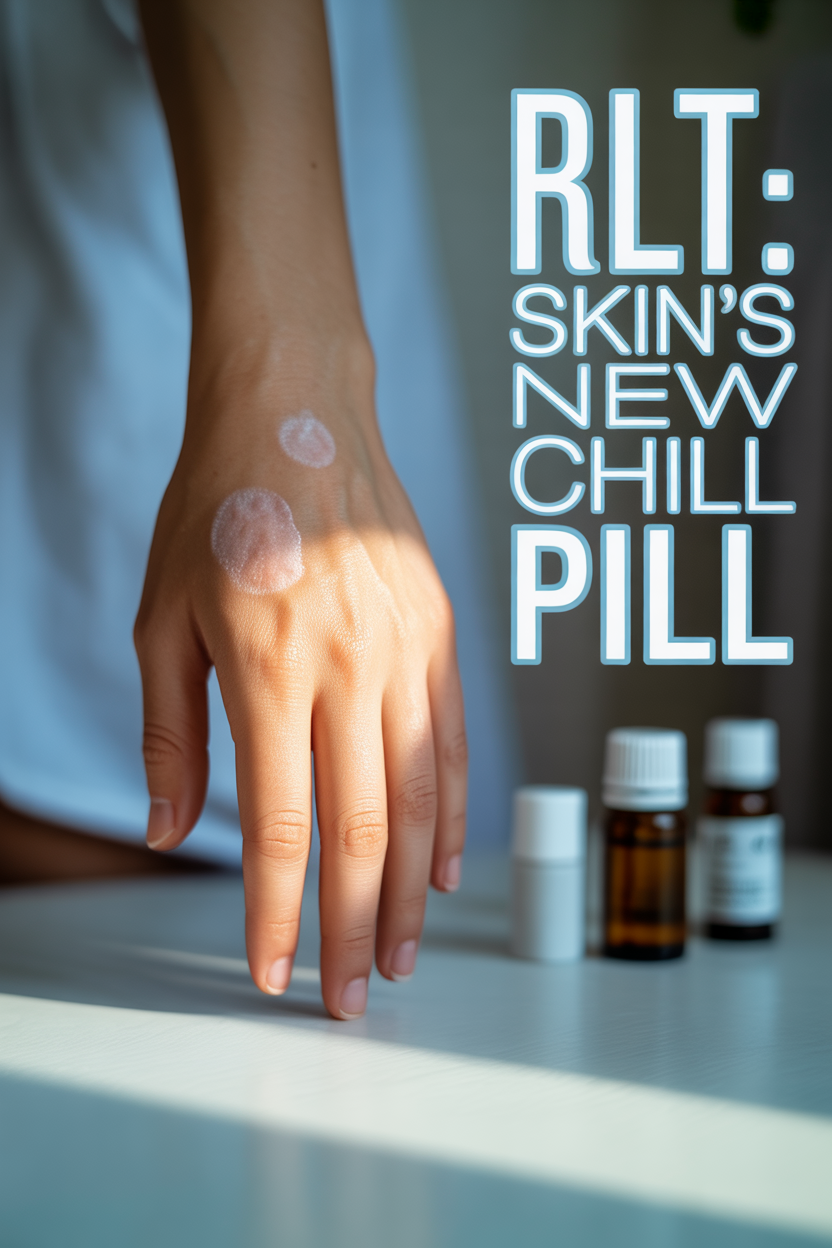
Inflammation is the loud, obnoxious culprit behind nearly every eczema flare-up. It’s the very thing that causes the redness, swelling, and discomfort you know so well.
One of the most promising aspects of red light therapy is its well-documented ability to soothe the inflammatory response.
By helping to calm this overactive response on a cellular level, your skin might begin to look and feel more peaceful.
Early studies focusing on eczema have even noted a reduction in key inflammation markers after red light treatments, signaling its potential as a calming ritual.
Can Red Light Therapy Finally Break the Itch-Scratch Cycle?
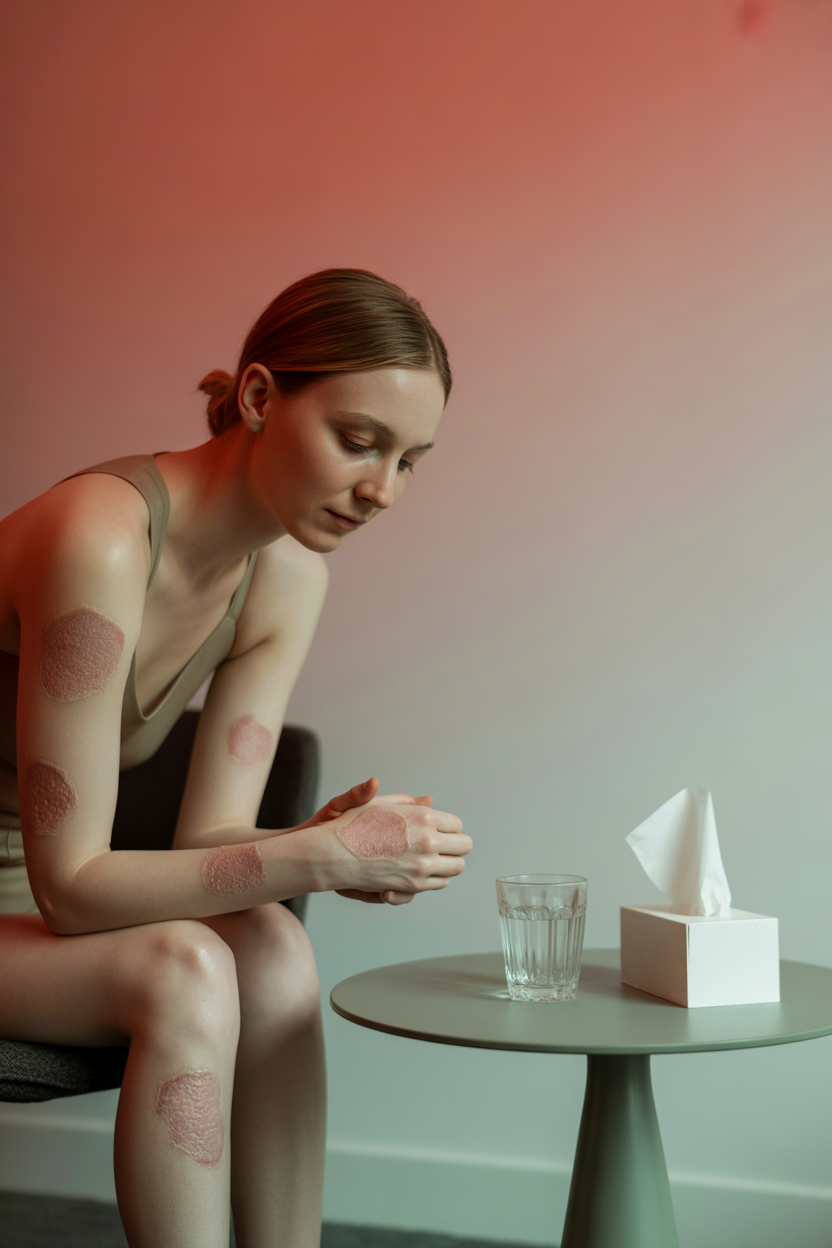
Oh, the itch. That relentless, maddening sensation can ruin a good day and disrupt a peaceful night’s sleep.
Scratching brings a moment of relief, but it ultimately damages the skin barrier further, leading to more inflammation and even more itching.
This is the frustrating and vicious cycle that so many eczema sufferers know.
Some clinical studies, though small in scale, have shown that red light therapy can help reduce the sensation of itchiness.
By offering a way to potentially interrupt this cycle, RLT could provide much-needed respite and allow your skin the space it needs to heal.
Can Red Light Therapy Help Rebuild Your Skin Barrier?
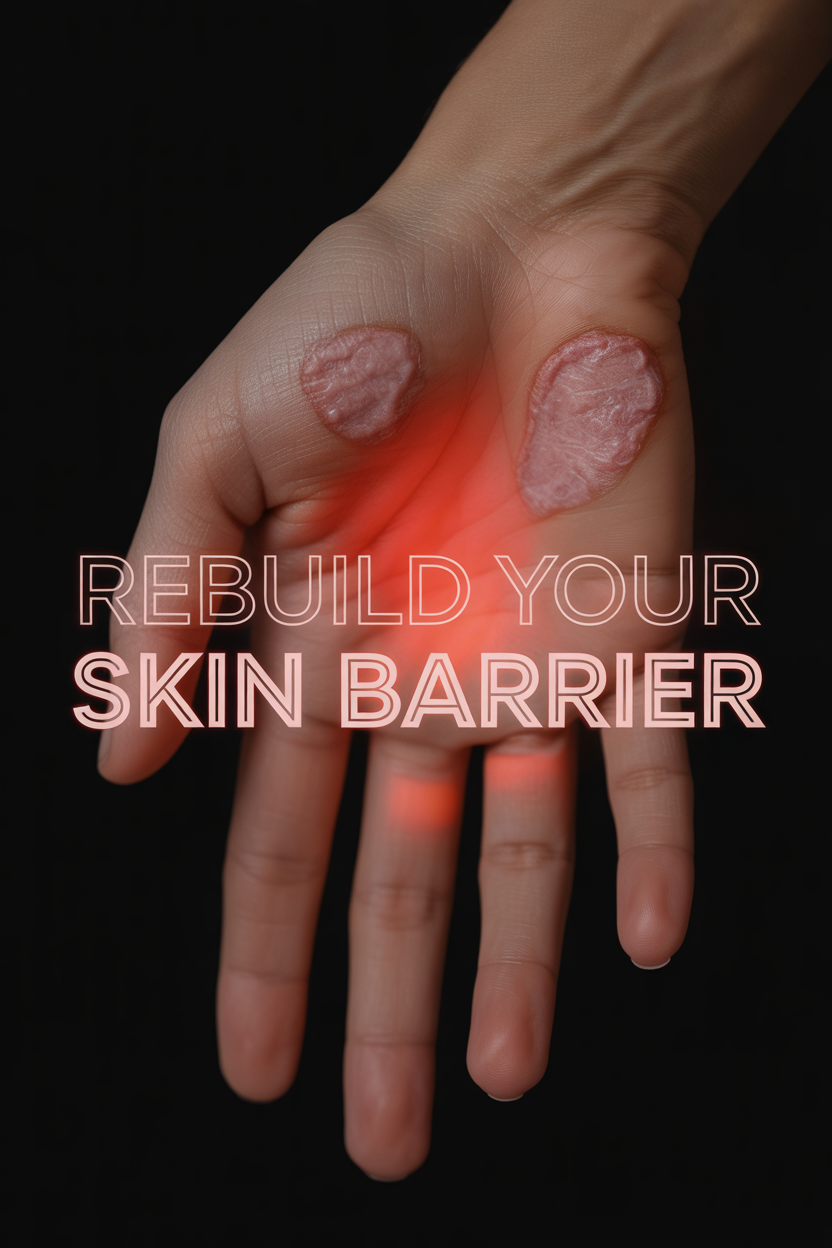
A healthy skin barrier acts like a well-built fortress; it masterfully keeps essential moisture in and troublesome irritants out.
For those with eczema, the walls of this fortress are often compromised, leaving the skin vulnerable and reactive.
Red light therapy may help strengthen that barrier by giving your skin cells an energy boost and reducing chronic inflammation.
When cells function better and inflammation is lower, the skin has a better chance to repair itself.
A stronger barrier ultimately means more hydrated, resilient, and less reactive skin over time.
Let’s Get Real: What Does the Science Actually Say?
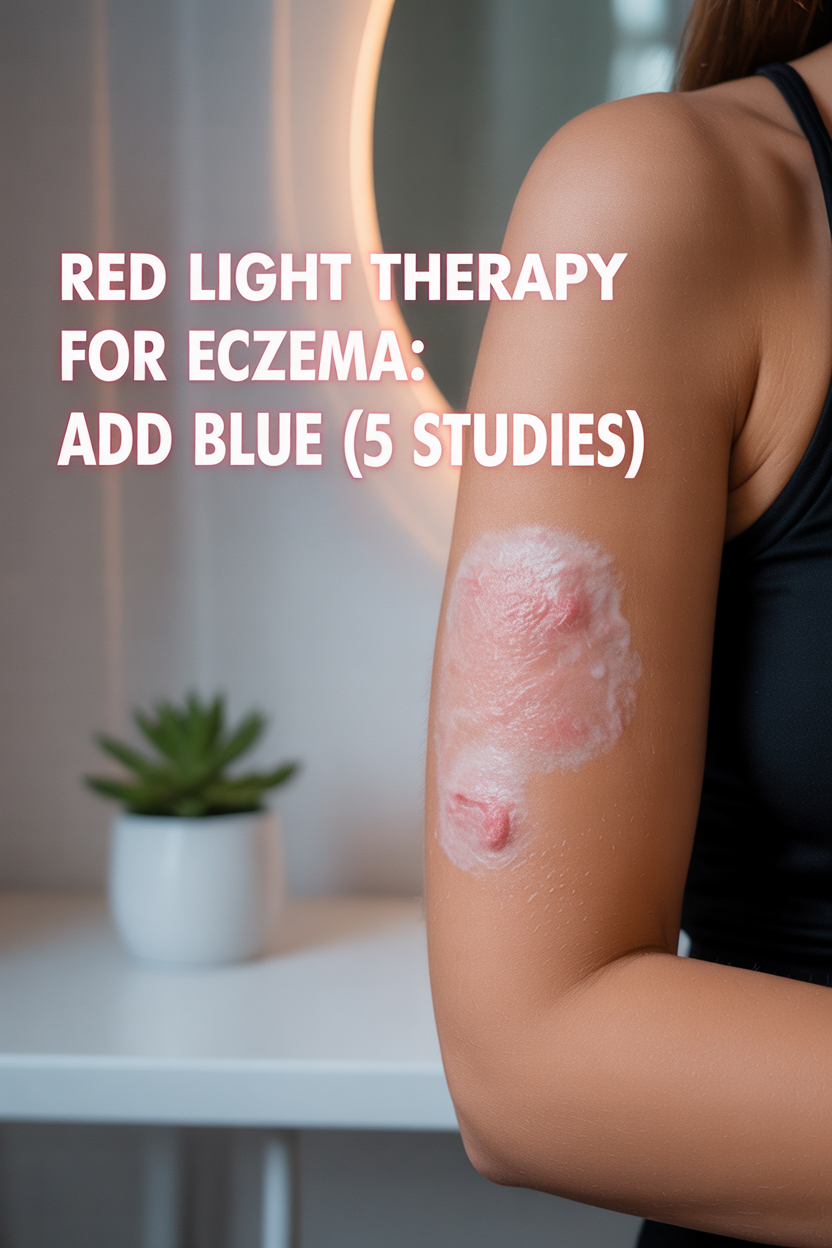
It’s important to set realistic expectations. Scientists are still actively studying red light therapy specifically for eczema, so the research is playing catch-up.
Many early studies and a wealth of personal anecdotes report positive results, often mentioning less itchiness and reduced redness.
However, we are still waiting for larger, more definitive clinical trials to confirm these benefits conclusively.
As a Cochrane review points out, experts still consider the current body of evidence limited.
For this reason, RLT is not yet a first-line medical treatment, but rather a promising and gentle wellness habit that many people enjoy.
How to Create a Relaxing At-Home RLT Ritual
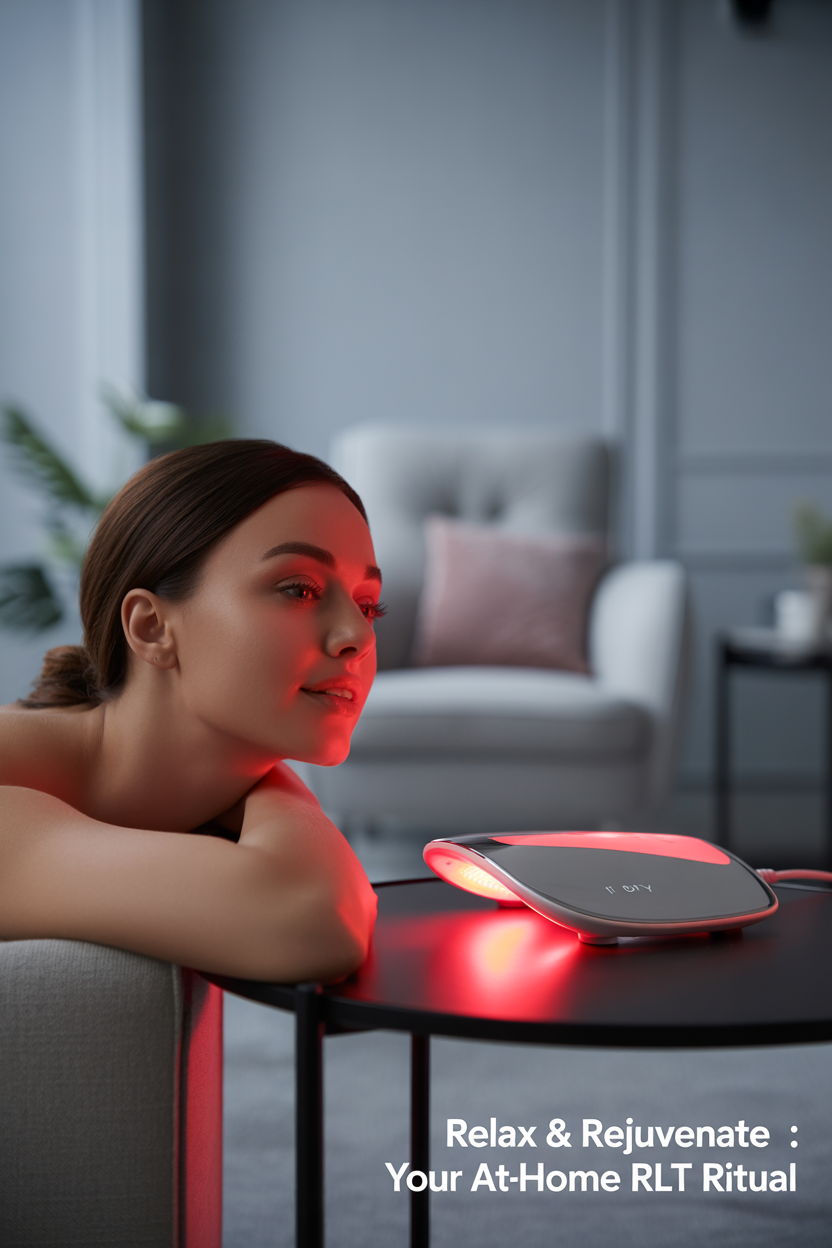
Bringing a red light therapy ritual into your home is surprisingly simple and peaceful.
Typically, you will sit or stand just a few inches away from your chosen device, allowing the light to shine on your skin.
A session usually lasts for about 10 to 20 minutes, making it an easy addition to your daily or weekly routine.
It is absolutely critical to follow the manufacturer’s specific instructions for your device to ensure both safety and the best possible results.
Many people find it’s a wonderfully quiet moment in their day—a perfect excuse to meditate, listen to a podcast, or simply breathe and relax.
How Do I Choose the Right Red Light Therapy Device?
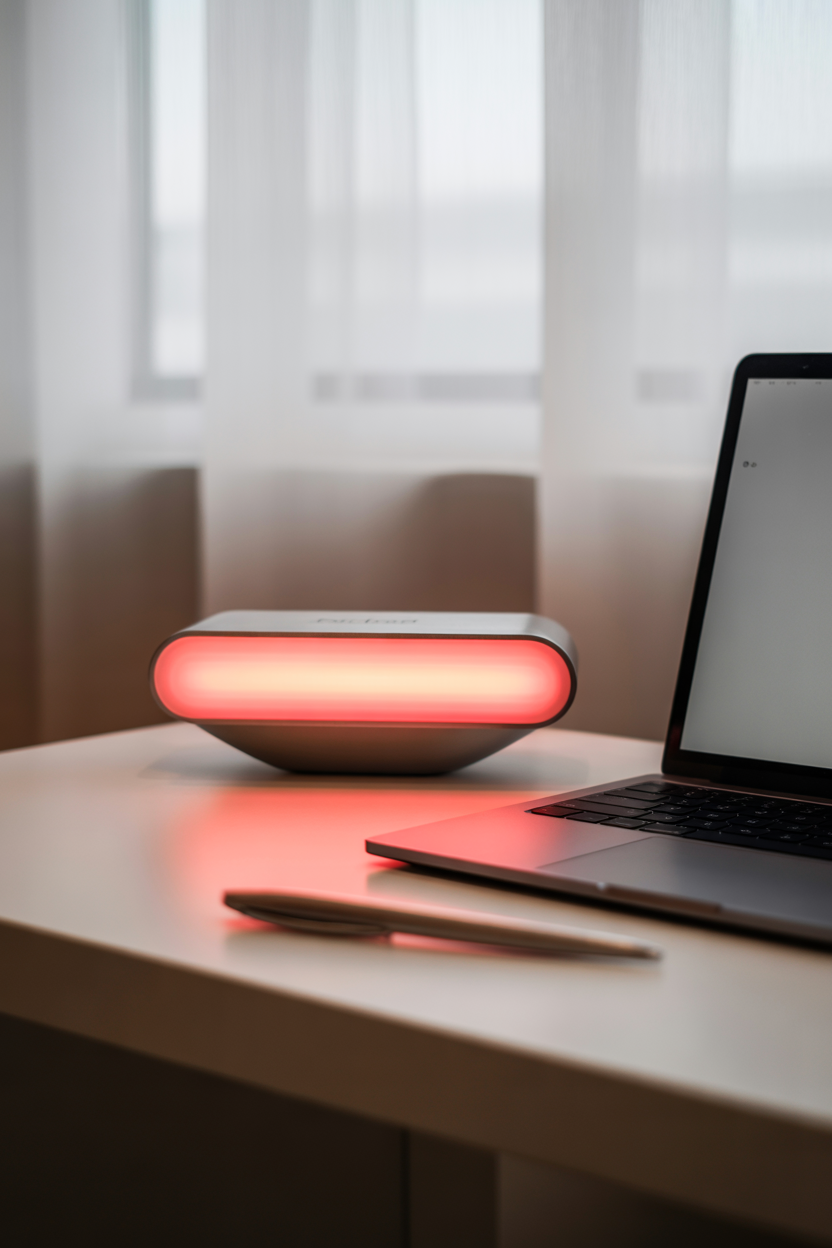
You have options when it comes to red light therapy. Sessions are available at dermatologist or wellness clinics, but at-home devices are making this therapy more accessible than ever.
While professional machines might be more powerful, a personal device offers great convenience and consistency.
Being able to use it in your pajamas whenever you have a moment makes it far easier to stick with a routine, which is vital for seeing results.
When you start shopping, you’ll encounter a few key technical terms. Pay close attention to the wavelengths; the most studied and effective ranges are around 660nm (red) and 850nm (near-infrared).
It’s also wise to choose a reputable company that is transparent about its device’s power output (irradiance) and provides clear user guidelines.
Is Red Light Therapy Safe to Use with My Current Routine?
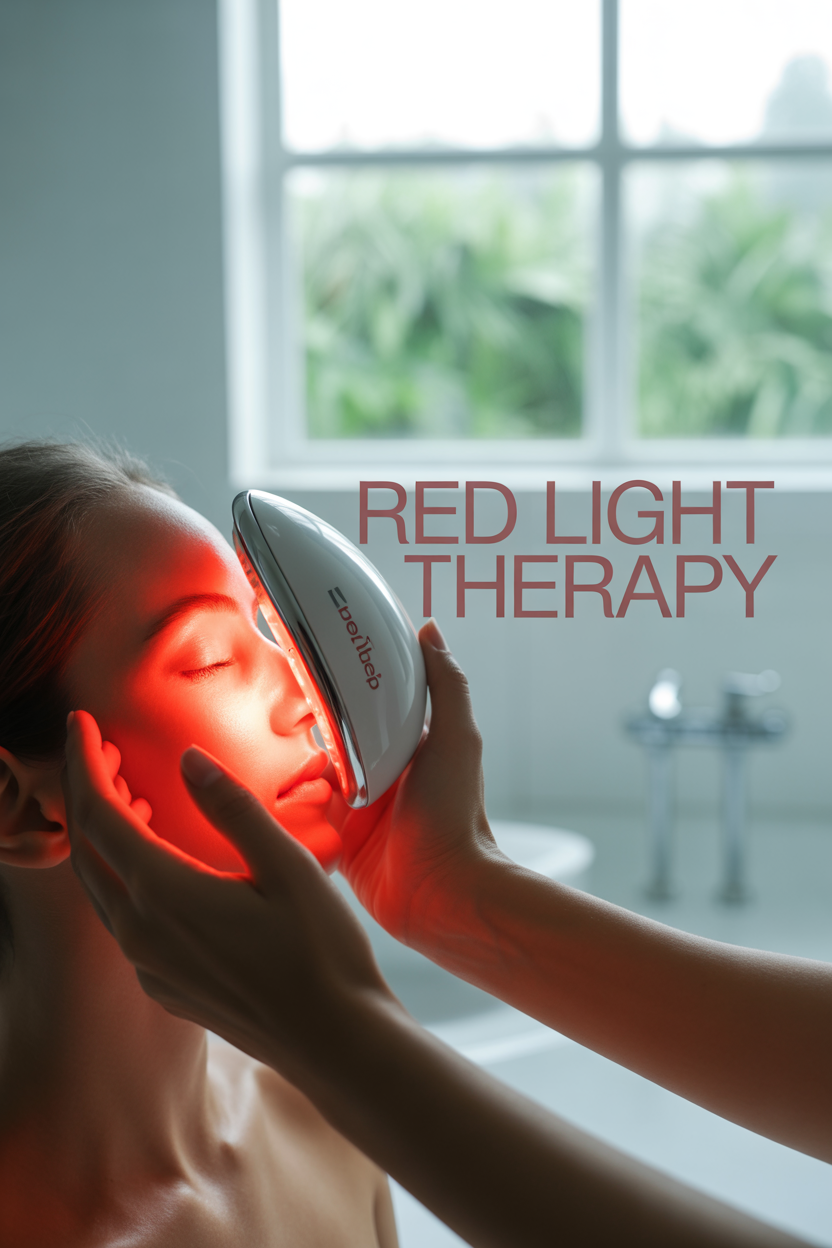
Red light therapy has a strong safety record and is considered very gentle, carrying a low risk of side effects when used correctly.
Even so, it is wise to protect your eyes with the provided goggles and always follow the device’s instructions for session length and distance.
As the American Academy of Dermatology advises, it’s a brilliant move to chat with your doctor or dermatologist before trying any new wellness tool.
Remember, this is not an ‘either/or’ situation. Think of red light therapy as a supportive player on your skincare team.
Continue using your favorite gentle cleansers and always apply your trusted moisturizer after a session to lock in hydration and support your skin barrier.
The Power of Patience: Why Consistency is Key
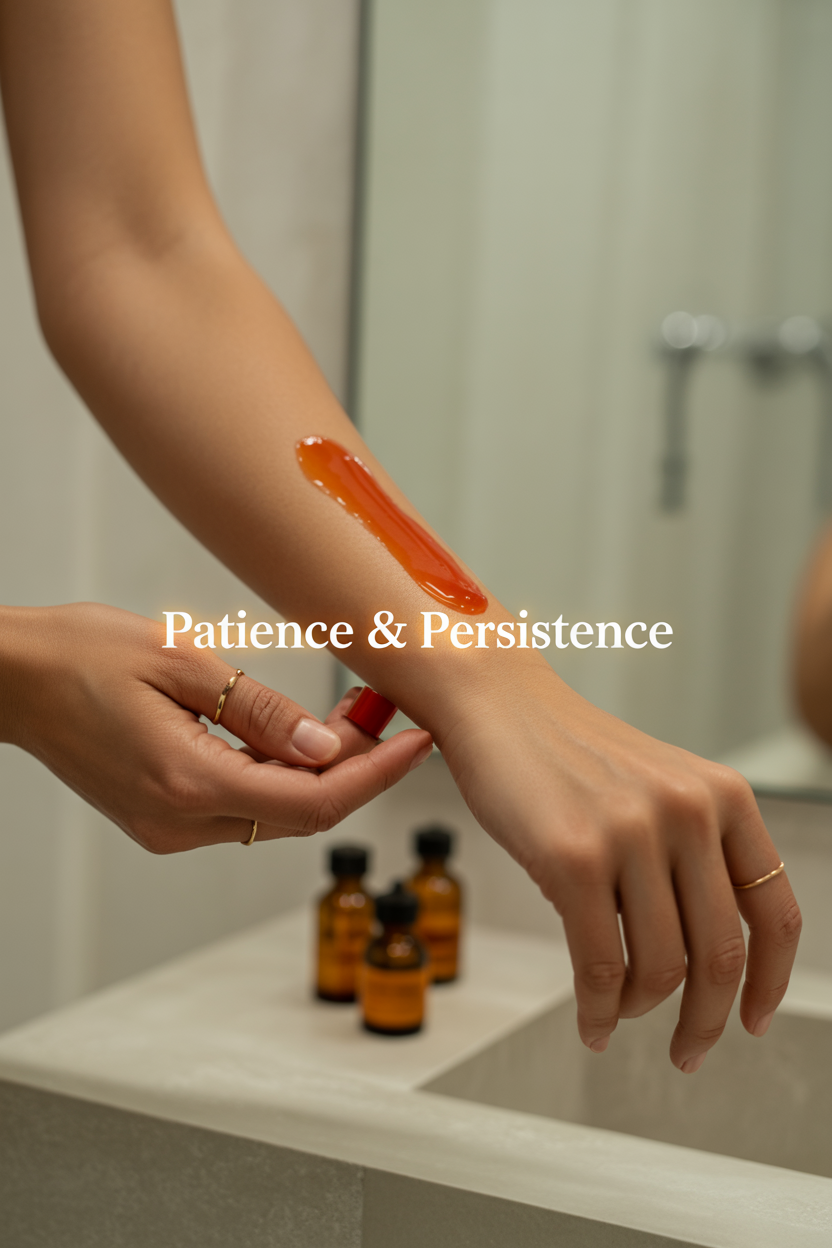
Just like starting a new fitness plan or adopting a healthier diet, you won’t see changes from red light therapy overnight.
Think of red light therapy as a wellness habit, not a magic wand. Consistency is your absolute best friend on this journey to happier skin.
As studies show, results appear gradually over time with regular, dedicated use.
Build this gentle ritual into your daily routine, pay close attention to how your skin feels and responds, and give it the steady, patient support it deserves.
Your skin will thank you for the consistent time and loving care.




